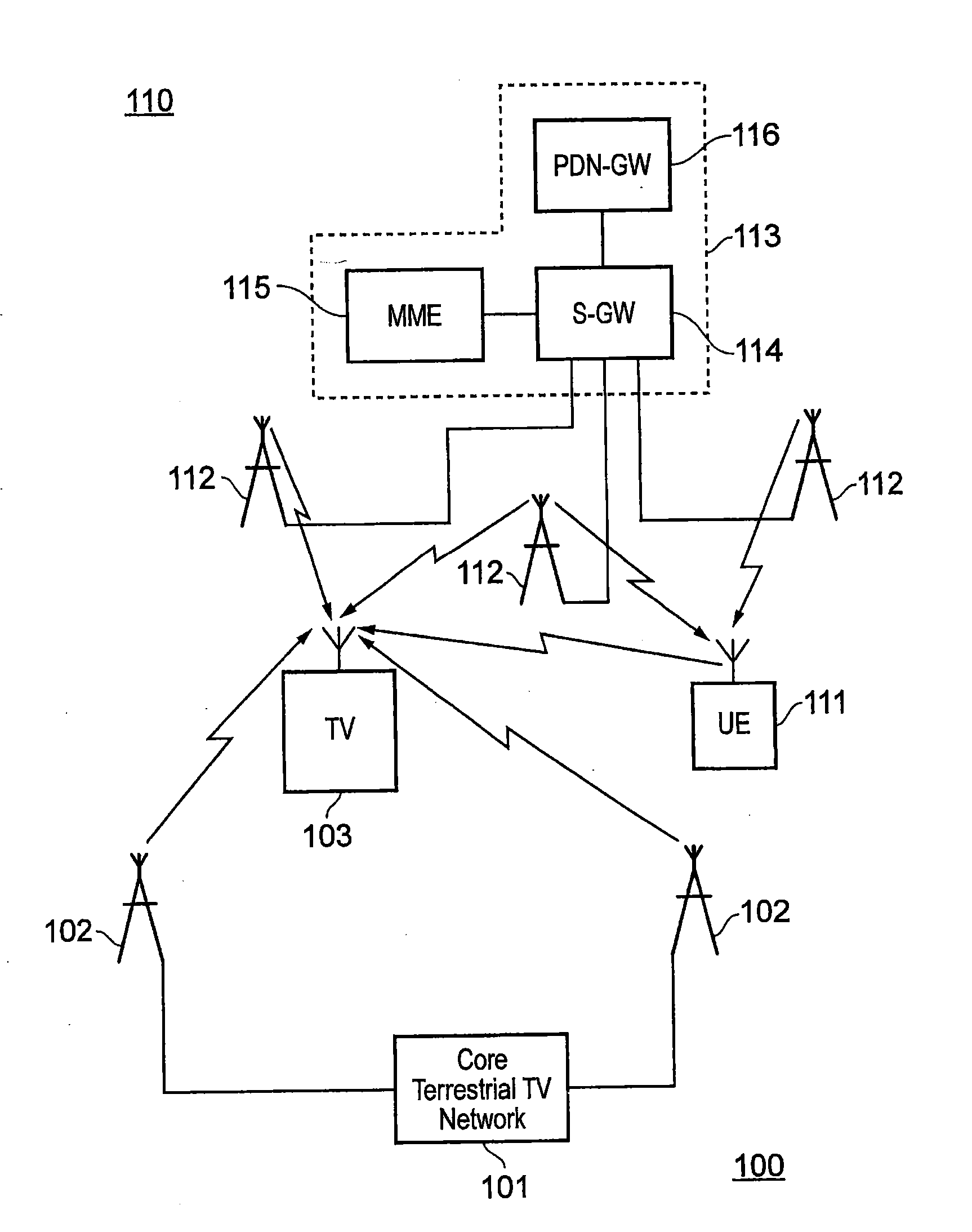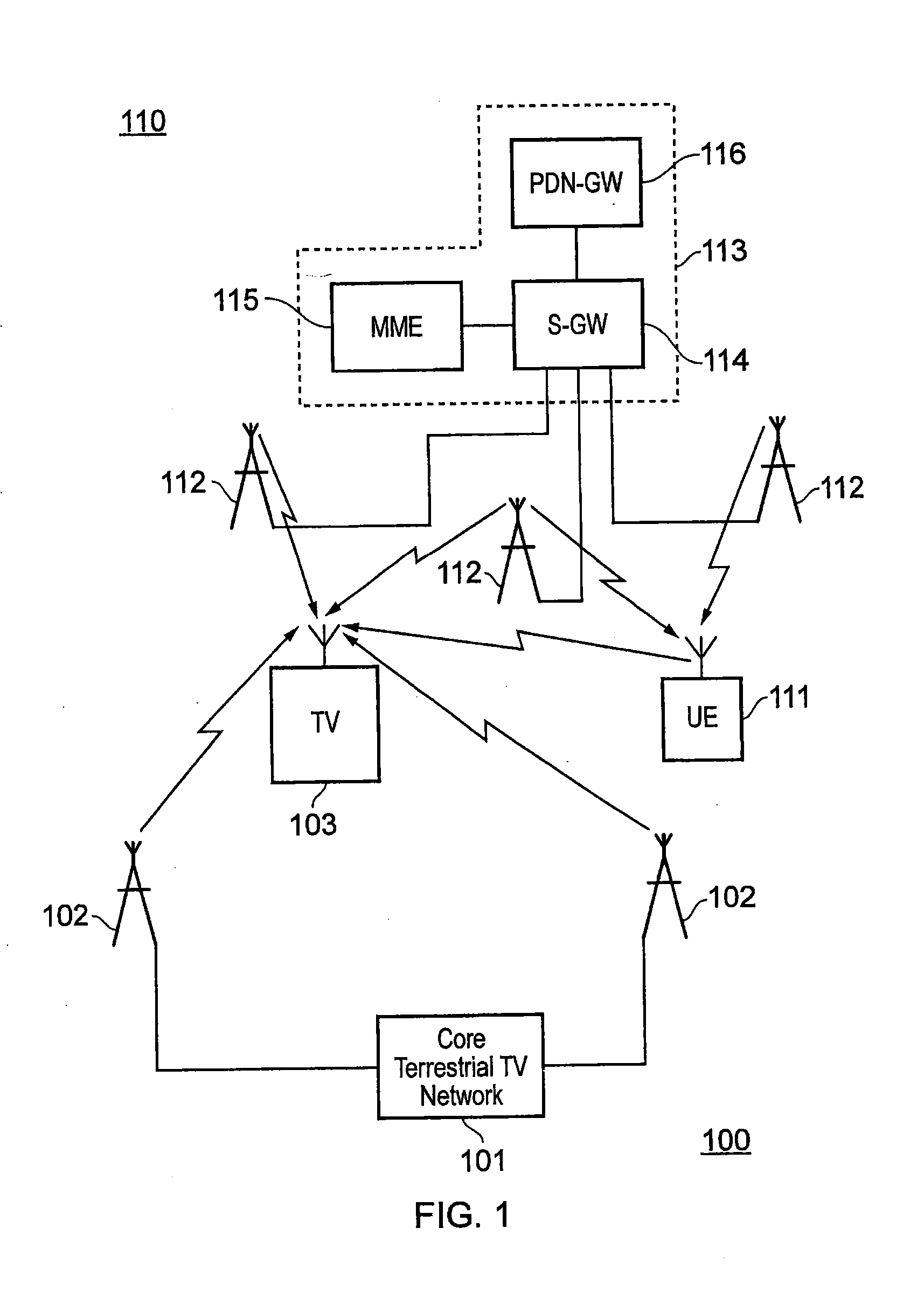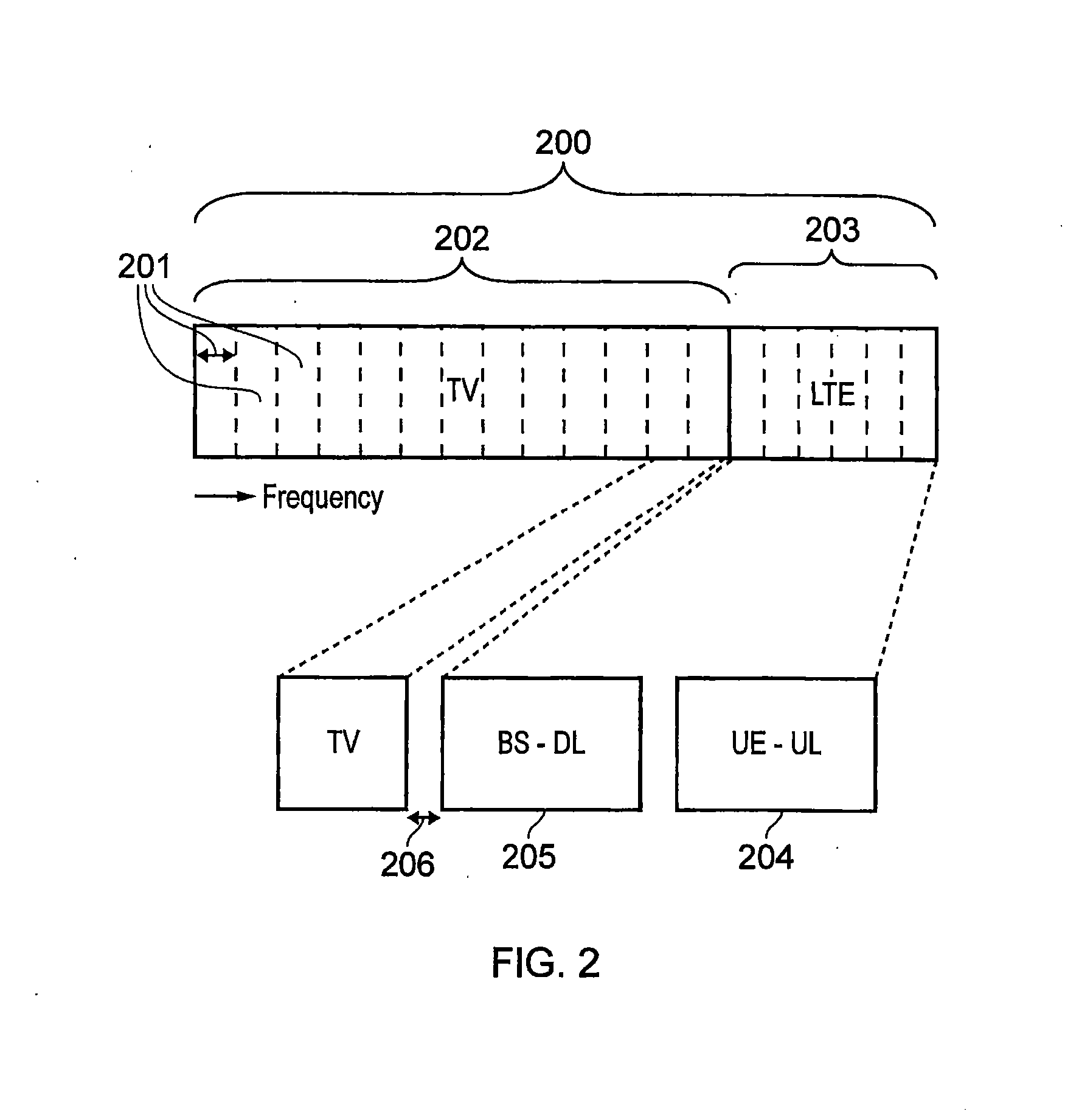Television receiver, television controller circuitry and method
a television receiver and controller technology, applied in the field of television receivers and television controller circuitry and methods, can solve the problems of inconvenient operation, inconvenient operation, and inability of low-noise amplifiers to detect and recover tv channels, so as to improve the likelihood that the tv receiver can detect and recover a tv channel, improve the likelihood of tv channel detection, and low cost
- Summary
- Abstract
- Description
- Claims
- Application Information
AI Technical Summary
Benefits of technology
Problems solved by technology
Method used
Image
Examples
Embodiment Construction
[0035]In the UK, terrestrial television (TV) has traditionally been allocated a frequency band 470 MHz to 862 MHz. However, a switch to digital terrestrial TV (DVB-T / T2) has initially led a 790 MHz to 862 MHz band to be allocated to mobile telecommunications and LTE in particular. It is also likely that increasing amounts of spectrum below 790 MHz will be allocated to mobile telecommunications in the future. Implications of these changes in spectrum allocation are that it is not certain which frequencies will be allocated to terrestrial TV and mobile telecommunications in the future and that frequency allocations between countries will vary. Consequently, mobile telecommunications signals may be transmitted on frequencies which are adjacent to a frequency band on which TV signals are being transmitted or within a bandwidth a TV receiver is configured to receive TV signals over. Interference may therefore be caused to the reception of TV signals. Interference between TV signals and m...
PUM
 Login to View More
Login to View More Abstract
Description
Claims
Application Information
 Login to View More
Login to View More - R&D
- Intellectual Property
- Life Sciences
- Materials
- Tech Scout
- Unparalleled Data Quality
- Higher Quality Content
- 60% Fewer Hallucinations
Browse by: Latest US Patents, China's latest patents, Technical Efficacy Thesaurus, Application Domain, Technology Topic, Popular Technical Reports.
© 2025 PatSnap. All rights reserved.Legal|Privacy policy|Modern Slavery Act Transparency Statement|Sitemap|About US| Contact US: help@patsnap.com



